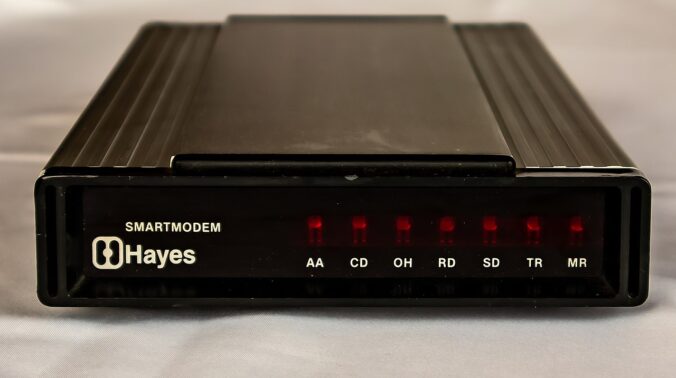Most of the apparent “revolutions” in computing over the past decades have been a matter of surface representation, or appearance. That is to say, the underlying nature of the machines, or hardware, have improved incrementally in a rather boring, linear way. This stable, predictable ground, however, has long been out of cultural reach.
The top-level, apparent layer of representation—and the applications these human computer interfaces afford—are most responsible for whipping up the maelstrom of runaway technological progress. It could be said that Apple Computers’ entire business model is based on selling the newest skins for their old cider!
In McLuhan’s use of the term, “software” means not just 1s and 0s specifically, but all formal aesthetics or content.
Every new conquest of speed moves toward the minimizing of “hardware” and the maximizing of “software” or structural design.
As the West approached this awareness in the nineteenth century, biologists began to ask, “Why is there so much unused beauty in Nature?” The answer came later, from the mathematicians in the world of “software.” “If an equation is symmetrically beautiful, it is almost certain to be true.” What the artist has always known, namely, that the greatest effects result from the utmost economy of means, has now become a truism of the material sciences.
the unexpected effect of “hardware” speed-up has been to restore the world as a work of art or object of contemplation.
As a work of art, the world impels the viewer to Make it New, to cite the Chinese injunction to the artist concerning his role. Man becomes both explorer and maker of beauty as “hardware” and “software” merge. The “hardware-software” complementarity is a new version of the old form-and-content relation. The old hang-up about “form” and “content” had arisen under the regime of merely visual culture, where “content” had to be contained in something. With the figure-ground relation of Gestalt psychology, the “content” was continuously created in the gap between figure and ground. The new physics carried this relation even further, citing resonance as the very stuff of “hardware.”
Marshall McLuhan and Barrington Nevitt, Take Today: The Executive as Dropout (1970), pg.95
Even hardware forms, like computers themselves, are software when designed on a computer. This is why Friedrich Kittler said in his essay There is No Software that the last historical act of human writing was in 1971 with the planning diagram for Intel’s 4004 microprocessor—the first single-chip CPU.
And so understanding the plastic history of computer I/O (input-output) interfaces is essential to appreciating the breadth of effects computer content has had. The contemporary cultural image of “hackers” pounding away on keyboards in dark black boxes of monospaced text make a lot more sense when the typographical origins of computer interfaces are understood.
No computer history lesson is complete without the story of the telegraph, and its intimate relation with contemporary computing at every level, low and high. This excellent article from How To Geek covers, at least, the high ground:
https://www.howtogeek.com/727213/what-are-teletypes-and-why-were-they-used-with-computers/
